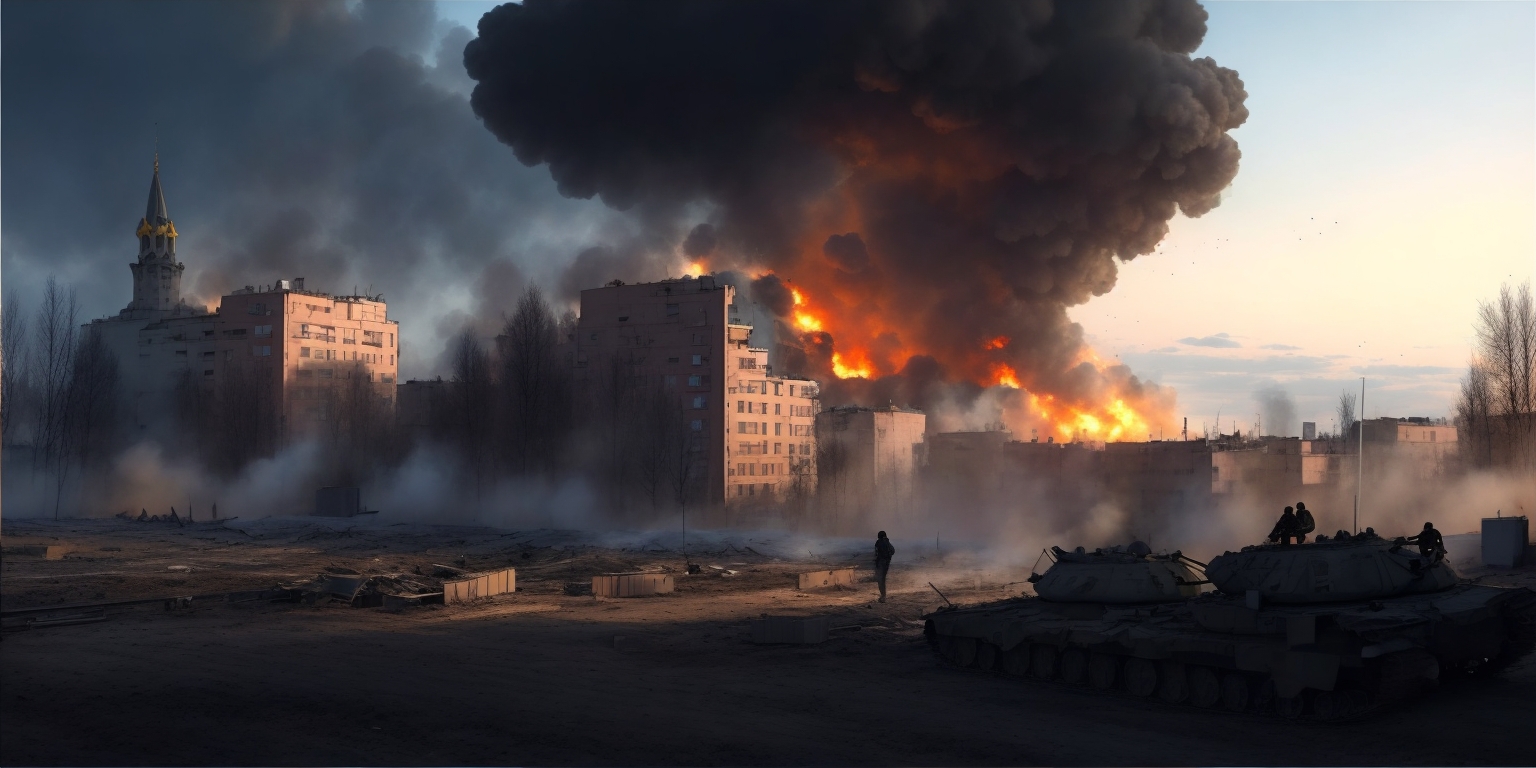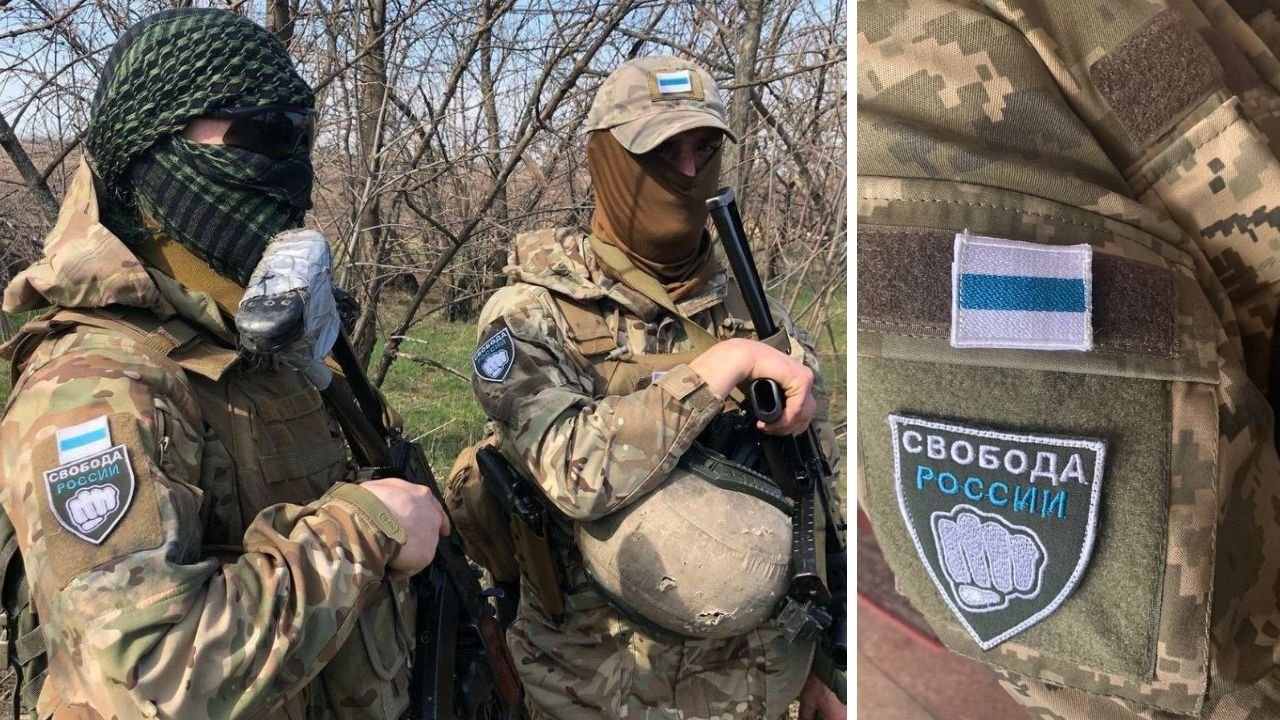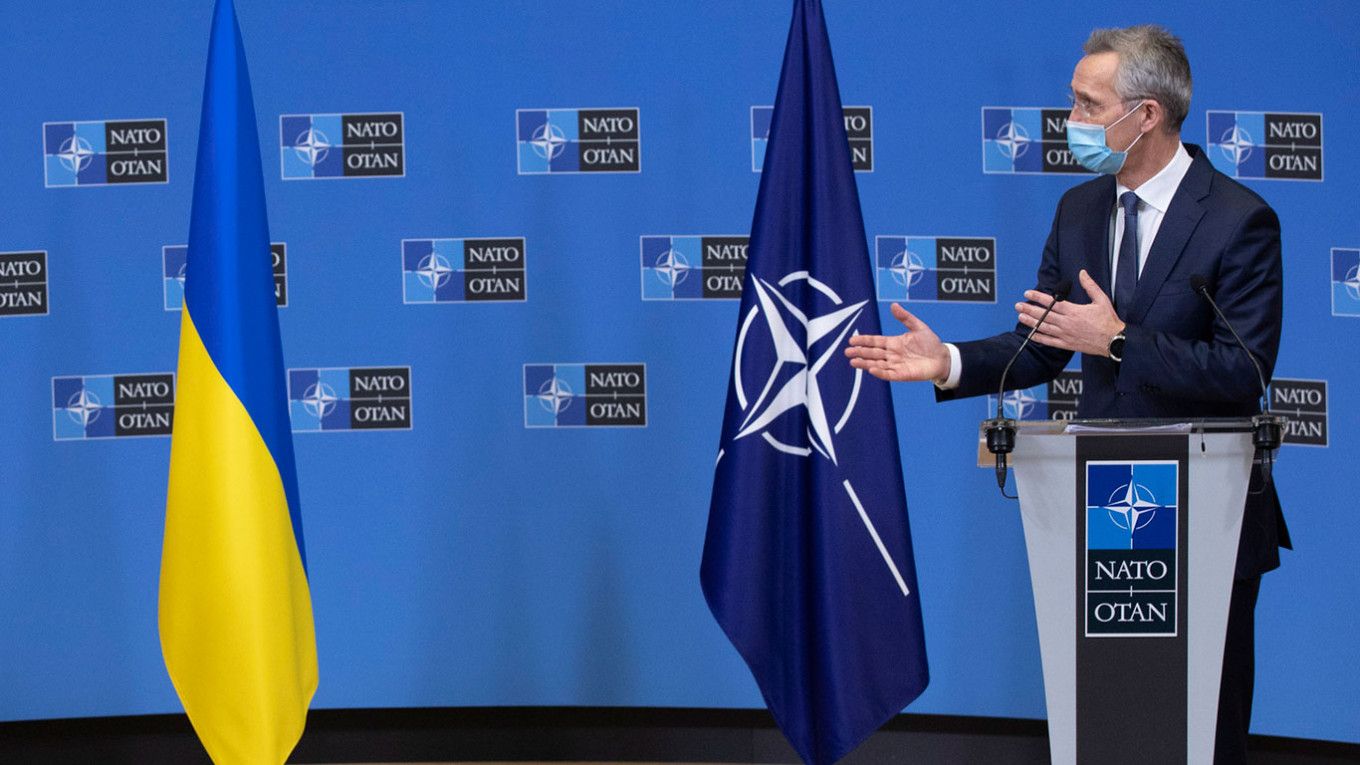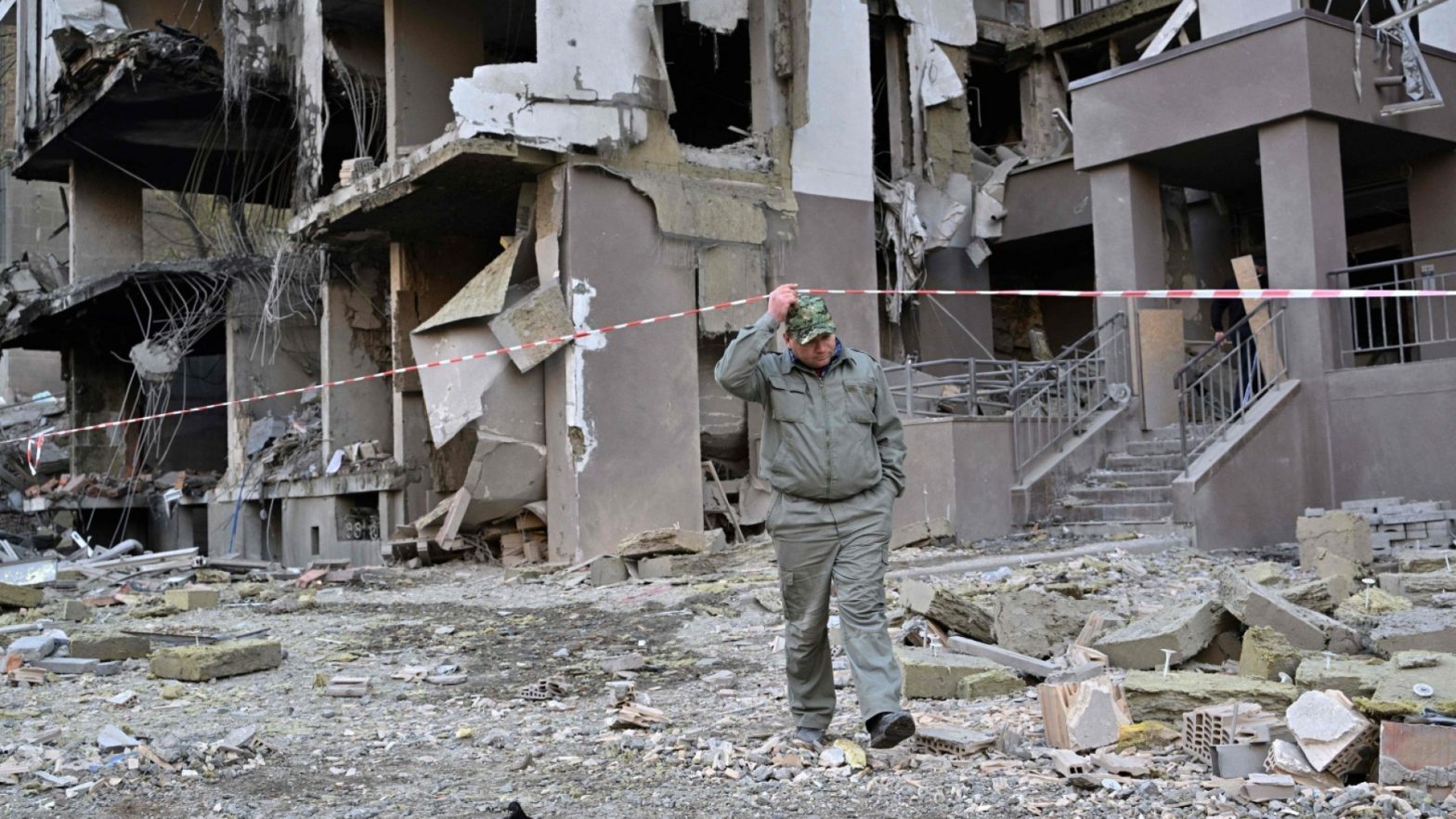Introduction
Ukraine and Russia are once again mired in a dangerous escalation of tensions, with both sides accusing each other of attacks and aggression. The recent wave of hostilities has resulted in casualties and raised concerns about the potential for further escalation. As air raid sirens sounded across Ukraine and reports of explosions in Kyiv emerged, the situation has intensified. In response, Russian officials have accused Ukraine of launching attacks on Russian territories, further fueling the volatile situation. Here’s a closer look at the key developments and implications of the current crisis.
Attack on Kyiv

Kyiv, the capital of Ukraine, has been targeted by missile strikes and unmanned aerial vehicle (UAV) attacks. The mayor of Kyiv reported that another wave of UAVs was heading towards the city, prompting the activation of air defenses. Tragically, a missile strike on the city resulted in the deaths of three people, including a young girl who reportedly sought refuge in a closed bomb shelter. The attacks on Kyiv have heightened fears among the population and raised questions about the origin and motives behind these strikes.
Strikes inside Russia
While Ukraine faces attacks on its capital, Russian regions near the border, such as Belgorod and Kursk, have also experienced their own share of hostilities. Russian officials have attributed these attacks to Ukraine, accusing them of direct involvement. The governor of Belgorod claimed that Ukrainian forces carried out dozens of strikes in the region, while Kursk reported the downing of Ukrainian drones. These attacks have intensified concerns over the possibility of a wider conflict and the potential for further cross-border escalation.
Russian dissident fighters

Adding complexity to the situation, anti-Putin Russian nationals aligned with Ukrainian defense forces have claimed responsibility for fighting inside Russian territory. However, the Russian military has denied these claims, suggesting that these groups are acting independently. Ukraine’s deputy foreign minister emphasized that the country has no responsibility for these groups, as they operate autonomously. The presence of such fighters blurs the lines of responsibility and raises questions about their impact on the overall conflict dynamics.
Casualties and Human Cost
The toll of the conflict has been significant, with conflicting reports on casualties. A spokesperson for the Eastern Grouping of the Ukrainian Armed Forces claimed that approximately 208,000 Russian soldiers have been killed since the start of the war. However, these figures have not been independently verified, and Russia’s Ministry of Defense has not released official updates on its casualties since September of the previous year when it reported fewer than 6,000 deaths. The human cost of the conflict continues to rise, adding urgency to finding a peaceful resolution.
NATO and Ukraine’s Membership

Against the backdrop of the ongoing crisis, discussions regarding Ukraine’s potential membership in NATO have gained prominence. At an informal meeting of NATO foreign ministers, Sweden’s potential membership also became a focal point. While NATO officials aim to admit Sweden by July 11, Turkey and Hungary have so far blocked this move. Regarding Ukraine, NATO acknowledges that it cannot grant full membership in the midst of an active conflict but remains committed to supporting Kyiv and developing a roadmap for possible future membership after the war concludes.
Conclusion
The recent attacks and accusations between Ukraine and Russia have brought the region to the brink of a dangerous escalation. The situation in Kyiv, with missile strikes and UAV attacks, has resulted in civilian casualties and heightened tensions. Meanwhile, Russian regions near the border have also experienced attacks, attributed to Ukraine by Russian officials. The presence of anti-Putin Russian dissident fighters adds another layer of complexity. As casualties mount and discussions regarding NATO membership continue, the urgency for a peaceful resolution becomes increasingly evident. International diplomatic efforts are crucial to de-escalate the situation and prevent further loss of life, while also addressing the underlying issues that have fueled this ongoing conflict.
©world-news.biz
